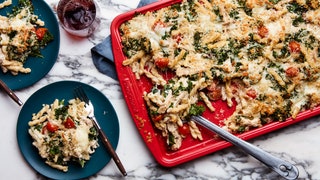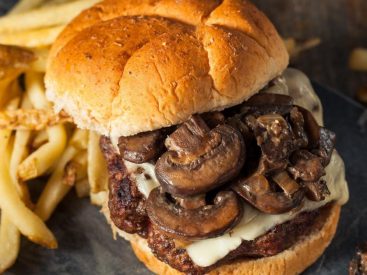Have you noticed that the price of groceries has significantly increased? According to the U.S. Bureau of Labor Statistics, food prices have increased by 10.8 percent in 2022, the largest 12-month increase since 1980. To help you save money, here are a few tips proven to make your food […]
Delicious!
Delicious!



